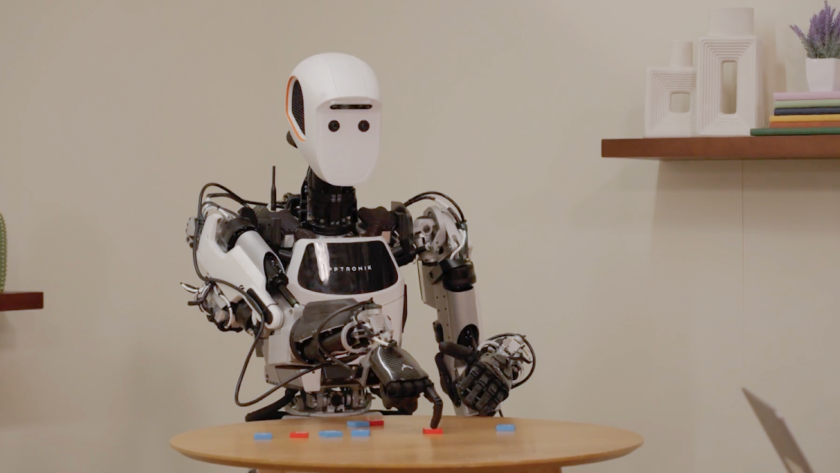0.
Least Squares is used almost everywhere when it comes to numerical optimization and regression tasks in machine learning. It aims at minimizing the Mean Squared Error (MSE) of a given model.
Both L1 (sum of absolute values) and L2 (sum of squares) norms offer an intuitive way to sum signed errors while preventing…










